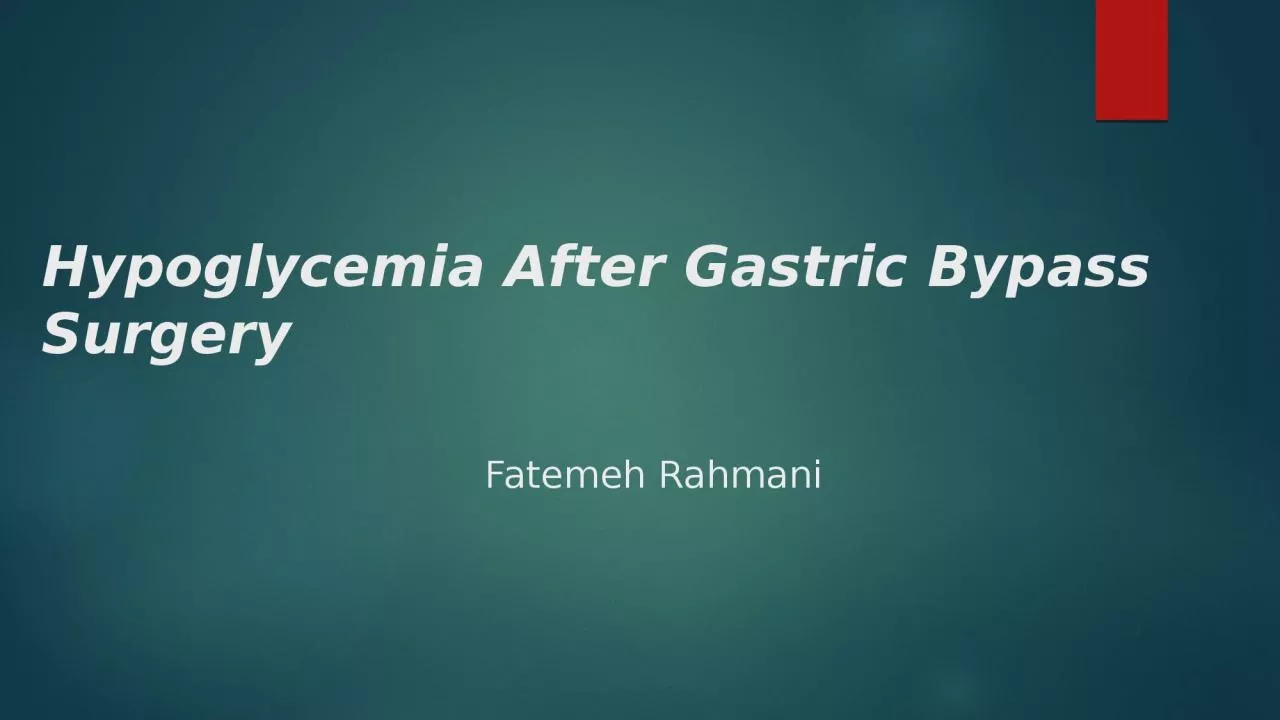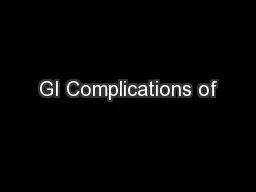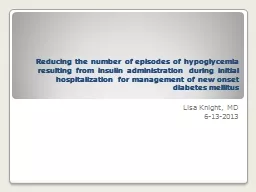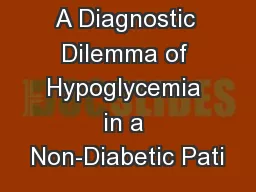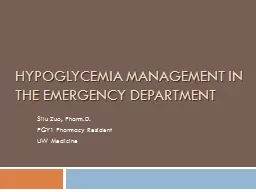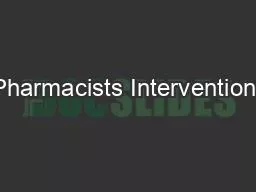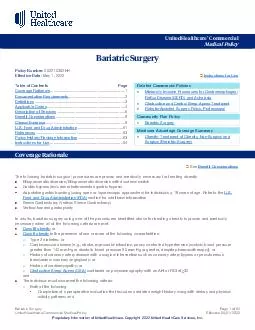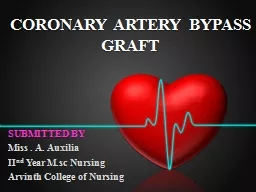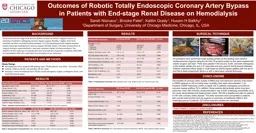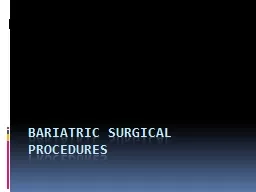PPT-Hypoglycemia After Gastric Bypass Surgery
Author : SassyStarlet | Published Date : 2022-08-02
Fatemeh Rahmani Agenda Definition Prevalence Etiology Pathophysiology Provacative test Risk factors Treatment 54yearold nurse with RYGB 9 y ago no history of
Presentation Embed Code
Download Presentation
Download Presentation The PPT/PDF document "Hypoglycemia After Gastric Bypass Surger..." is the property of its rightful owner. Permission is granted to download and print the materials on this website for personal, non-commercial use only, and to display it on your personal computer provided you do not modify the materials and that you retain all copyright notices contained in the materials. By downloading content from our website, you accept the terms of this agreement.
Hypoglycemia After Gastric Bypass Surgery: Transcript
Download Rules Of Document
"Hypoglycemia After Gastric Bypass Surgery"The content belongs to its owner. You may download and print it for personal use, without modification, and keep all copyright notices. By downloading, you agree to these terms.
Related Documents

